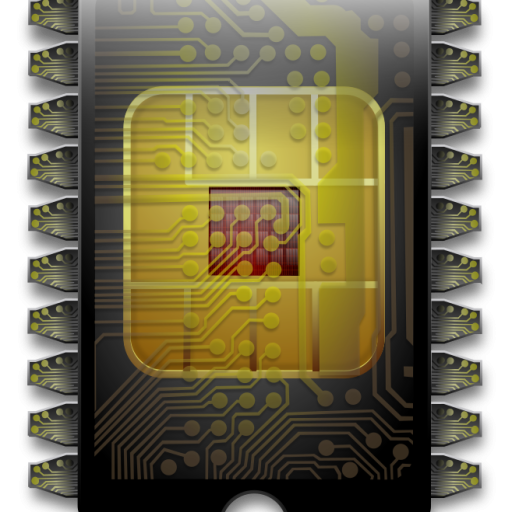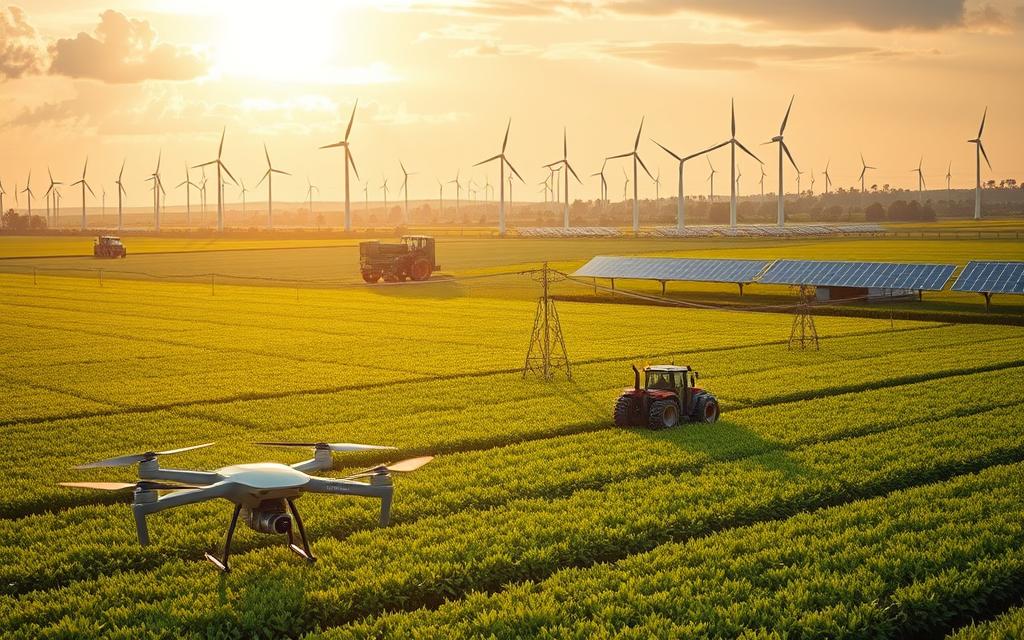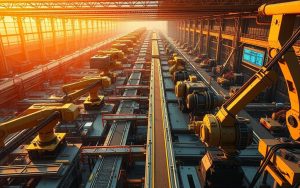Farming today faces big challenges like unpredictable weather and less land to farm. Agricultural technology innovations are key for farmers to overcome these issues while caring for the environment. The UN Food and Agriculture Organisation says over 70 countries are using new systems to fight climate change.
At the heart of this change are smart farming solutions that use IoT sensors and AI. These tools help farmers adjust water, fertiliser, and pest control in real-time. For example, farmers in dry areas save 30% of water by using IoT systems to check soil moisture.
Modern farming goes beyond just managing resources. Precision agriculture systems use satellites and AI to forecast crop yields. This helps farmers focus on specific areas, improving yields and reducing harmful chemicals.
These technologies play a big part in making food systems sustainable. From drones that check crops to blockchain in supply chains, tech is changing farming. The next parts will show how these ideas are making a real difference in farming.
Defining Modern Agriculture Technology: Core Concepts
Today, farming combines old methods with new tech. This mix lets farmers use GPS and algorithms to predict crop yields. It’s changed how we grow food.
The Evolution From Traditional to Tech-Driven Farming
The shift from horse-drawn ploughs to self-driving tractors is huge. It’s divided into three main stages:
Key milestones: 20th-century mechanisation to 21st-century digitalisation
In the 1900s, tractors powered by petrol made farming faster. By the 1960s, new farming methods and crops were introduced. Digital tools, like Farmonaut’s satellite monitoring, now check field conditions with 90% accuracy.
UN Food and Agriculture Organisation’s role in tech adoption
The FAO’s Digital Village Initiative has helped 78 countries adopt smart farming. Their 2023 report shows a 40% rise in using precision agriculture.
Essential Components of Modern Agricultural Systems
Today’s farms rely on three main things:
Precision equipment integration
FJDynamics’ systems let farmers adjust planting and fertiliser use in real-time. This cuts waste by up to 35%.
Data analytics infrastructure
Modern farms produce 1.7MB of data per hectare every day. Advanced platforms turn this data into useful insights. This helps with everything from water use to when to harvest.
Renewable energy implementation
Trina Solar’s Agri-Pro systems use solar power to run farms. This cuts energy costs by 60% in tests. It’s a green way to keep farms productive.
| Aspect | 20th-Century Farming | 21st-Century Farming |
|---|---|---|
| Equipment | Combustion engines | GPS-guided robotics |
| Data Use | Manual records | AI-driven analytics |
| Energy Source | Fossil fuels | Solar/wind hybrids |
These changes don’t just make farming better. They change what’s possible in growing food. Next, we’ll see how precision agriculture takes this further.
Precision Agriculture Technologies Reshaping Cultivation
Farmers are now using precision farming equipment to change how they work in the fields. They use satellite guidance, sensors, and automated systems to make the most of every piece of land. This is a big change from the old ways of farming.
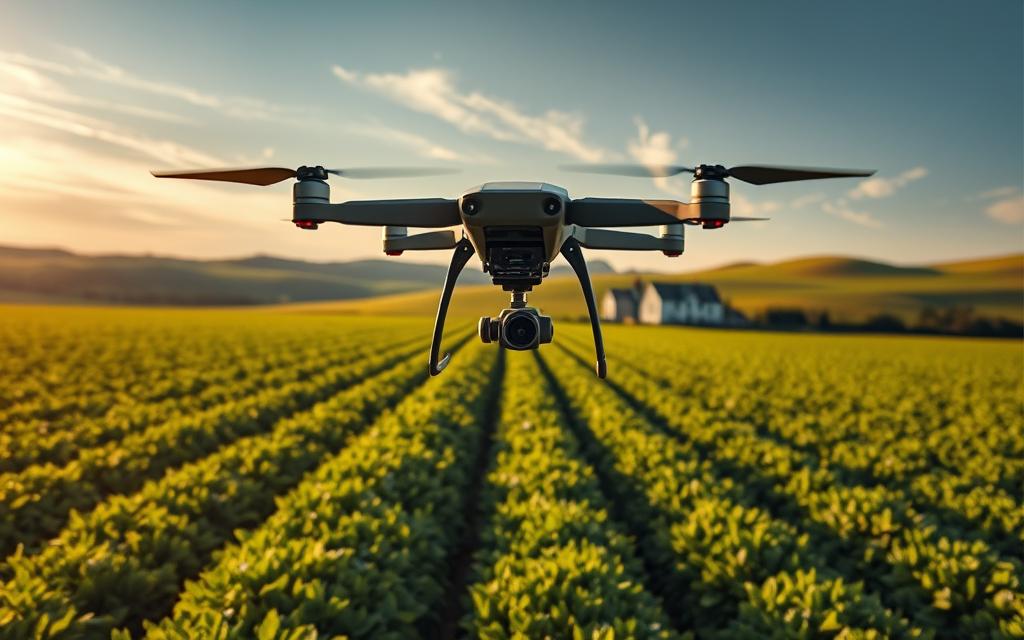
GPS-Guided Machinery Advancements
Today’s tractors can pinpoint their exact location with amazing accuracy. There are two main systems leading this change:
- John Deere AutoTrac™ makes detailed 3D maps of fields. It guides planters with incredible precision, cutting down on wasted seeds by up to 40% in Alberta.
- Case IH AFS Connect™ adjusts how much fertiliser is used in real-time. It uses data from past seasons to make these decisions.
Drone-Based Crop Monitoring Solutions
Drone technology is now giving farmers insights that satellites can’t. The latest developments include:
- DJI Agras T40 drones can carry 40kg payloads. They survey large areas of land with multispectral cameras.
- Sentera PHX™ sensors create detailed maps of plant health. They spot nutrient problems 10 days before they become obvious.
“Operators using drone crop surveillance report 18% fewer chemical treatments through targeted interventions.”
Automated Irrigation Management
Smart irrigation technology is now helping farmers save water and protect crops. It uses two main methods:
| System | Key Feature | Efficiency Gain |
|---|---|---|
| Netafim Tech | Pressure-compensated drip lines | 27% water reduction |
| Lindsay FieldNET™ | Wireless soil moisture sensors | 33% yield protection |
California almond growers have kept their production levels up. At the same time, they’ve cut their water use by 30% from 2021.
Smart Farming Automation Breakthroughs
Agriculture is changing fast with self-driving systems. These systems mix physical machines with digital smarts. They include self-driving farm tools, robotic crop handlers, and AI for animal care. This change helps solve labour issues and improves farm quality.
Autonomous Equipment Innovations
Big names are making farm vehicles smart and driverless. Kubota’s X tractor prototype is being tested in Canada. It uses satellite steering and sensors to work faster than humans.
Monarch’s MK-V electric tractor is another big step. It runs on a big battery and works for hours without needing diesel. This cuts costs by 40% in California’s almond groves.
Kubota X Tractor Prototype Trials
Tests in Saskatchewan wheat farms show the X tractor’s tillage system is better. It reduces soil damage by 18% compared to old methods. The tractor’s design lets farmers quickly switch between tasks.
Monarch MK-V Electric Tractor Capabilities
The MK-V’s system keeps the battery working well in cold or hot weather. It also sends updates on how much power it uses and if it’s working right.
- Power consumption rates
- Implement connection status
- Terrain adaptation requirements
Robotic Harvesting Systems
Machines are now picking delicate fruits and veggies with care. They use computer vision and precise mechanics. Here are two examples:
| Feature | Agrobot SW6010 | Harvest CROO Unit |
|---|---|---|
| Crop Type | Strawberries | Leafy Greens |
| Throughput | 8,000 plants/hour | 2.5 acres/hour |
| Key Innovation | 24 robotic arms with pressure sensors | Vacuum cutting with UV sterilisation |
| Damage Reduction | 63% less bruised fruit | 50% lower pest contamination |
AI-Powered Livestock Monitoring
Advanced sensors watch animals day and night. Cainthys’ facial recognition system checks how cattle eat and moves. It spots lameness quickly and alerts vets.
Moocall’s calving sensors track when cows are about to give birth. They’re very accurate, sending texts to farmers.
Cainthys Facial Recognition for Cattle Health
The system learns to recognise each animal in a big herd. It sends daily reports on:
- Water consumption trends
- Social interaction changes
- Early disease indicators
Moocall Calving Prediction Sensors
Tests on 240 dairy farms showed a big drop in dead births. The sensor works for 60 days on one charge, sending data wirelessly.
Sustainable Agricultural Tech Solutions
As the world’s food needs grow, farming is turning to green tech. It’s all about making food and protecting the planet. Three big steps are leading the way: using renewable energy, growing food vertically, and finding natural ways to fight pests.
These changes not only cut down on pollution but also make farming more efficient over time.
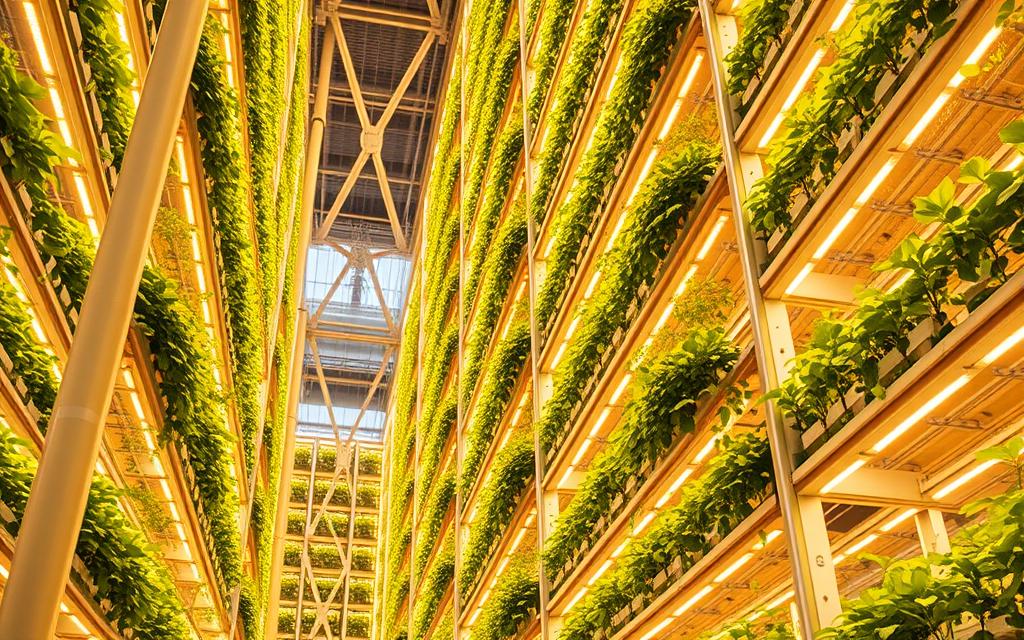
Renewable Energy Integration
Farms are now using clean energy to power their work. Trina Solar’s Agri-Pro photovoltaic systems are a great example. They put solar panels right on the land, making 8.5 MW of power a year for every 100 acres.
This way of farming, called agrivoltaics, lets crops grow while the panels work.
For bigger farms, GE Renewable Energy’s hybrid wind-solar farms are a solution. They mix turbines and panels to keep the energy flowing. A study showed these farms cut emissions by 62% compared to diesel.
These systems also help farmers track their carbon footprint in real-time.
Vertical Farming Advancements
Vertical farming is changing how we grow food in cities. Infarm’s modular growing units are being used by many supermarkets worldwide. They use 95% less water than traditional farms.
These units can grow a lot of food in a small space, up to 400% more than traditional farms.
AeroFarms’ aeroponic technology is another leap forward. It uses mist to feed plants, not water. This method uses only 2 litres of water for every kilogram of greens and grows plants 30% faster.
Biological Pest Control Innovations
New ways to fight pests are coming from nature itself. Biobest’s Sidekick™ dispensers release mites that eat spider mites and thrips. This cuts pesticide use by 80% in strawberry farms.
AgriPhage™ treatments use viruses to fight bacteria in tomato crops. This method targets harmful bacteria without harming good microbes. It’s a big step for organic farming.
The Future Landscape of Agricultural Technology
Farming technology trends are changing agriculture into a data-driven field. In the US, 70% of farmers use smart tools like Farmonaut’s predictive analytics. These tools help make farming more efficient and sustainable.
They predict crop yields and manage resources well. This matches global goals, like the UN FAO’s targets for sustainable farming.
New solutions like blockchain for clear supply chains and nanotechnology for precise crop treatments are emerging. FJDynamics automates subsidy management, and AI is solving labour shortages. By 2030, yields could rise by 15-30% thanks to climate-resilient crops and precision irrigation.
Future smart farming will combine renewable energy with vertical farming. It will use biological pest control and autonomous equipment to cut chemical use. This will help both the environment and farmers’ profits.
Research on drought-resistant seeds and robotic harvesting is bringing us closer to food security. It does so without harming the environment.
